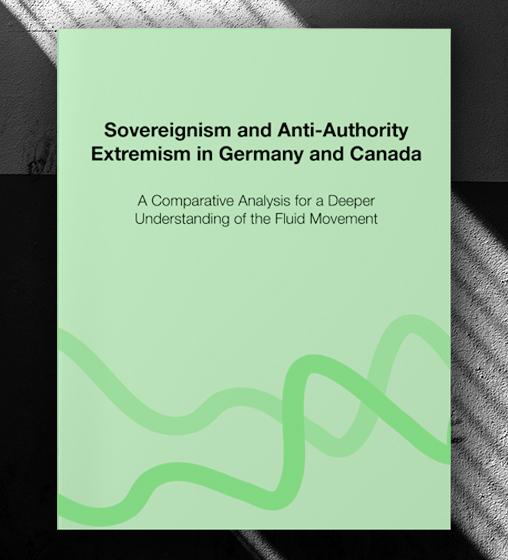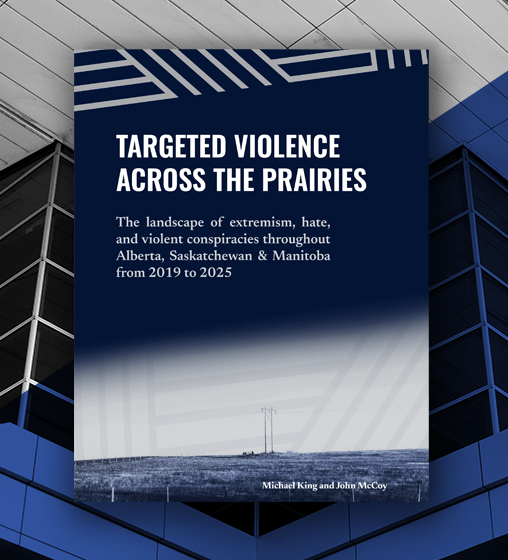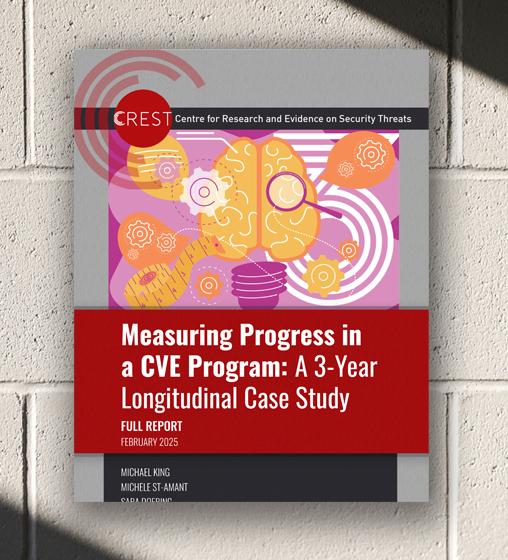Extremism & Hate Motivated Violence in Alberta
Disclaimer
The information and findings in the document have been printed on the basis of publicly available information and research. It should not be interpreted to represent the opinions of the individuals or agencies who participated in interviews with the Organization for the Prevention of Violence. Any errors or omissions herein are reflective of publicly available information and are not the responsibility of the individuals and agencies who participated in, or published, the research.
Canada as a whole, and the province of Alberta in particular, may have experienced less dramatic manifestations of hate motivated violence and terrorism than other parts of the world, but with the mounting number of incidents in Canada and abroad, few think this issue can be discounted any longer. Since the roots of violent extremism are inevitably local, as well as international, the response must be local, as well as international.
Every community in Canada needs to devote some careful attention and significant resources to countering this type of social harm, and as is widely acknowledged, the best approach is preventative.
In doing so, however, we need not start from scratch. On the contrary, as efforts at preventing violent extremism world-wide have realized, the most reasonable and effective approach is to understand the phenomenon as being analogous with other public health issues. The methods used to address the problems of addictions, domestic violence, youth gangs, and crime in general can be adapted and augmented to counter violent extremism as well. Many of the relevant causal factors will be the same; many of the protective factors will be the same; and many of the techniques that can be employed to ameliorate the problems are the same.
Intuitively, as this report documents, both community members and leaders, and human service providers, realize this is the case. Yet they lack the specific knowledge and training to act on their insights, and they are wary of becoming engaged with such a controversial and consequential social issue. Assistance is needed, and in a comprehensive and coherent way. Such is the mandate of groups such as the Organization for the Prevention of Violence in Alberta, and with this report they are laying the foundation for the pursuit of that mandate.
The strengths of this report are manifold. First, it provides an effective and concise introduction to the nature and study of violent extremism for those less familiar with the subject and literature.
Second, it provides a typology of the forms of violent extremism present in Alberta (as well as Canada and much of the Western world): groups affiliated with Al Qaeda in various ways, anti-authority extremists, left-wing extremists, patriot and militia groups, single-issue extremism, and white supremacy and associated groups. Informative overviews of each type of extremism are provided.
Third, data is provided on the history, presence, and trajectory of each of these types of extremism in Alberta, based on fieldwork conducted throughout the province. No similar field research project – in nature or scope – has ever been completed in Canada.
Fourth, the authors uncover many important findings. For example, they argue that the most likely source of potential violence are the socially isolated individuals operating on the margins of extremist movements that are scattered across the province. In ever more opaque ways the extremism of these individuals and movements is being fostered by encrypted online forums and social media.
Fifth, the report provides an excellent and concise summary of the nature, strengths, and weaknesses of the “first generation” of programs designed to counter violent extremism. An emerging consensus on best practices is highlighted, while calling attention to the contentious nature of the language used to address the problem (e.g., the term “radicalization”) and the inadvertent, but very real, stigmatization of certain communities (e.g., Muslims).
Sixth, and most importantly, the report documents how the reality of these strengths and weaknesses may play out in the local context of Alberta. We gain an insight into that context through interviews with human service providers engaged in similar types of prevention work and focus groups with community members and leaders.
The data is, once again, unique, and enormously helpful in securing a sense of the real working environment in which programming to counter hate-motivated violence will have to operate. We gain a sense of how these groups view public safety as an issue, are concerned about some of the terminology used to discuss the topic, grasp of the probable drivers of hate motivated violence, and identify the protective factors that might be augmented to help prevent extremism.
In the end, the views expressed by the community members and service providers align quite well with the results of the latest research, which is welcome news. Ambiguity and uncertainty persists, more data is needed, and the problem of specificity looms large.
We can explain the factors prompting extremism, but not precisely why only a handful of individuals holding such views become violent. The report details the kind of careful steps that can be taken, nevertheless, to build on this positive base and develop the multi-sectoral and holistic programming required to ameliorate the problem and prevent hate motivated violence in Alberta, and the rest of Canada.
A sounder evidentiary base is laid for developing the programming that Albertans need to preserve the pluralism, peace, and harmony that they and most other Canadians wish to prioritize as a singular mark of being Canadian.
Lorne L. Dawson
Professor, Sociology and Legal Studies | University of Waterloo
Director | Canadian Network for Research on Terrorism, Security, and Society at the Balsillie School of International Affairs
This project is generously supported by:



